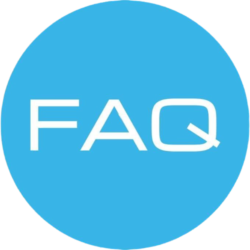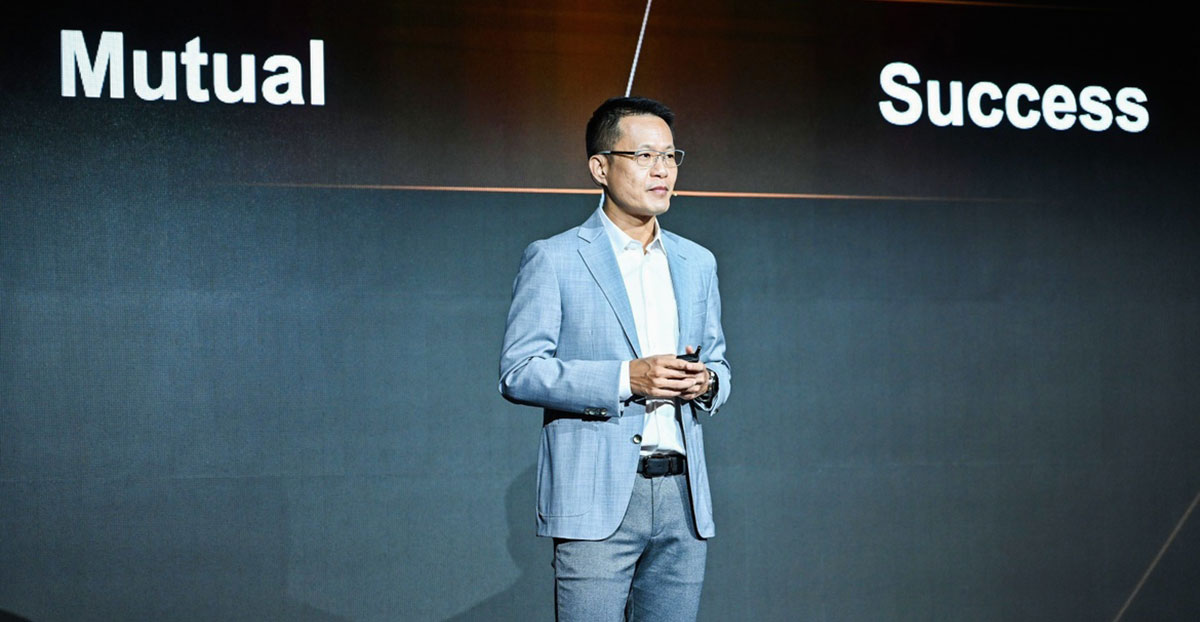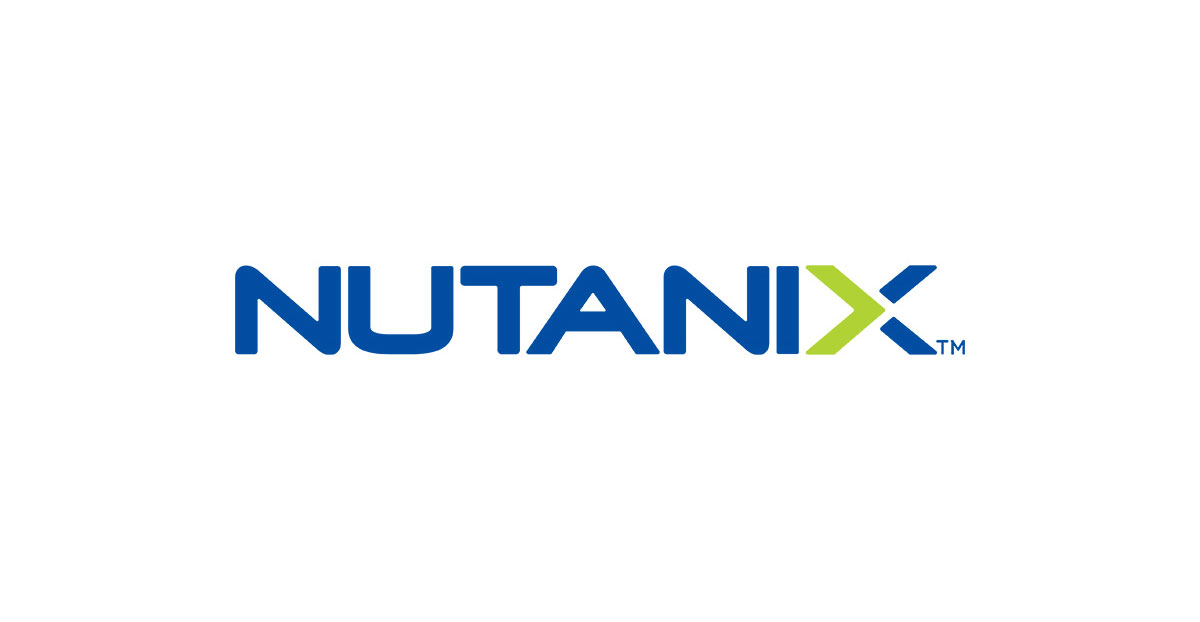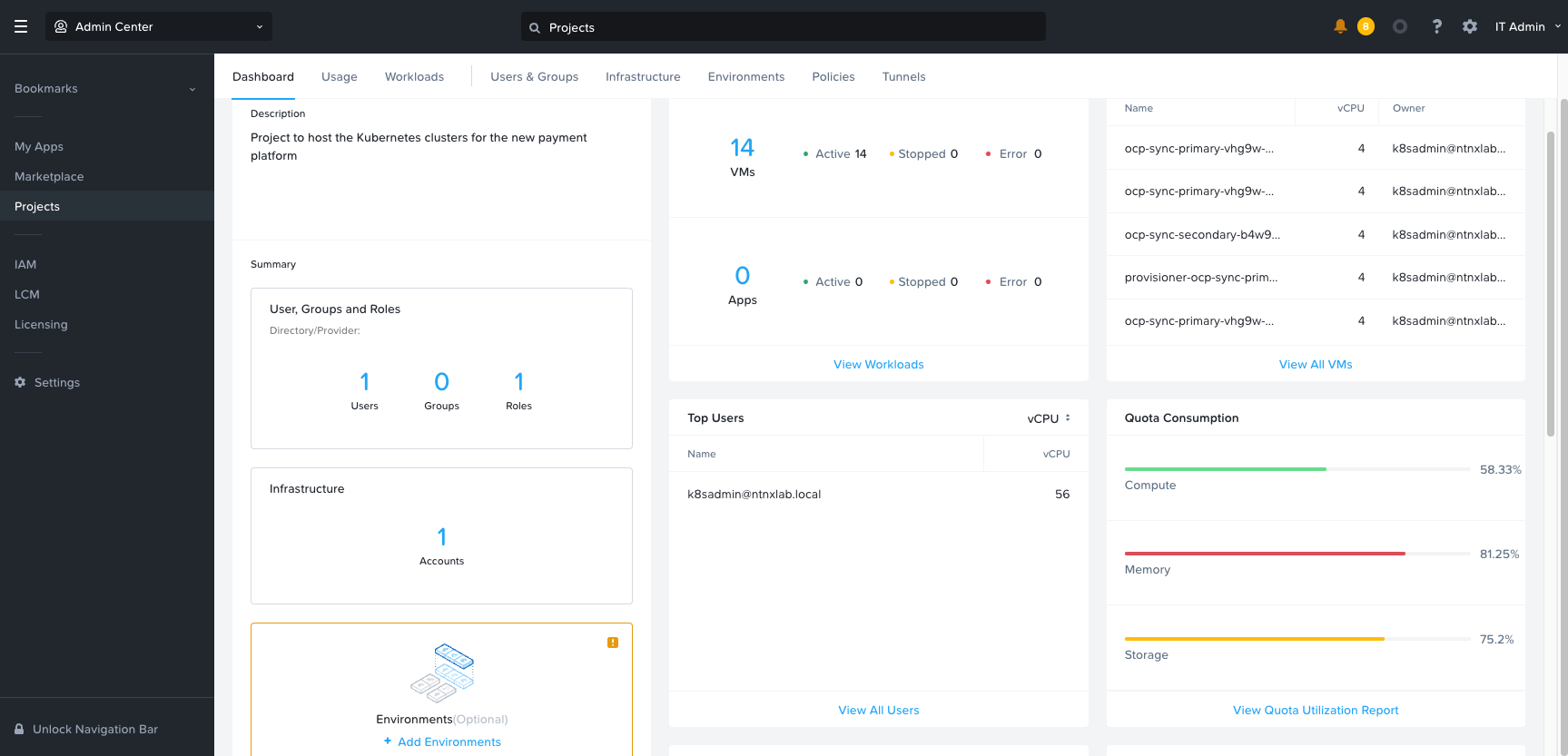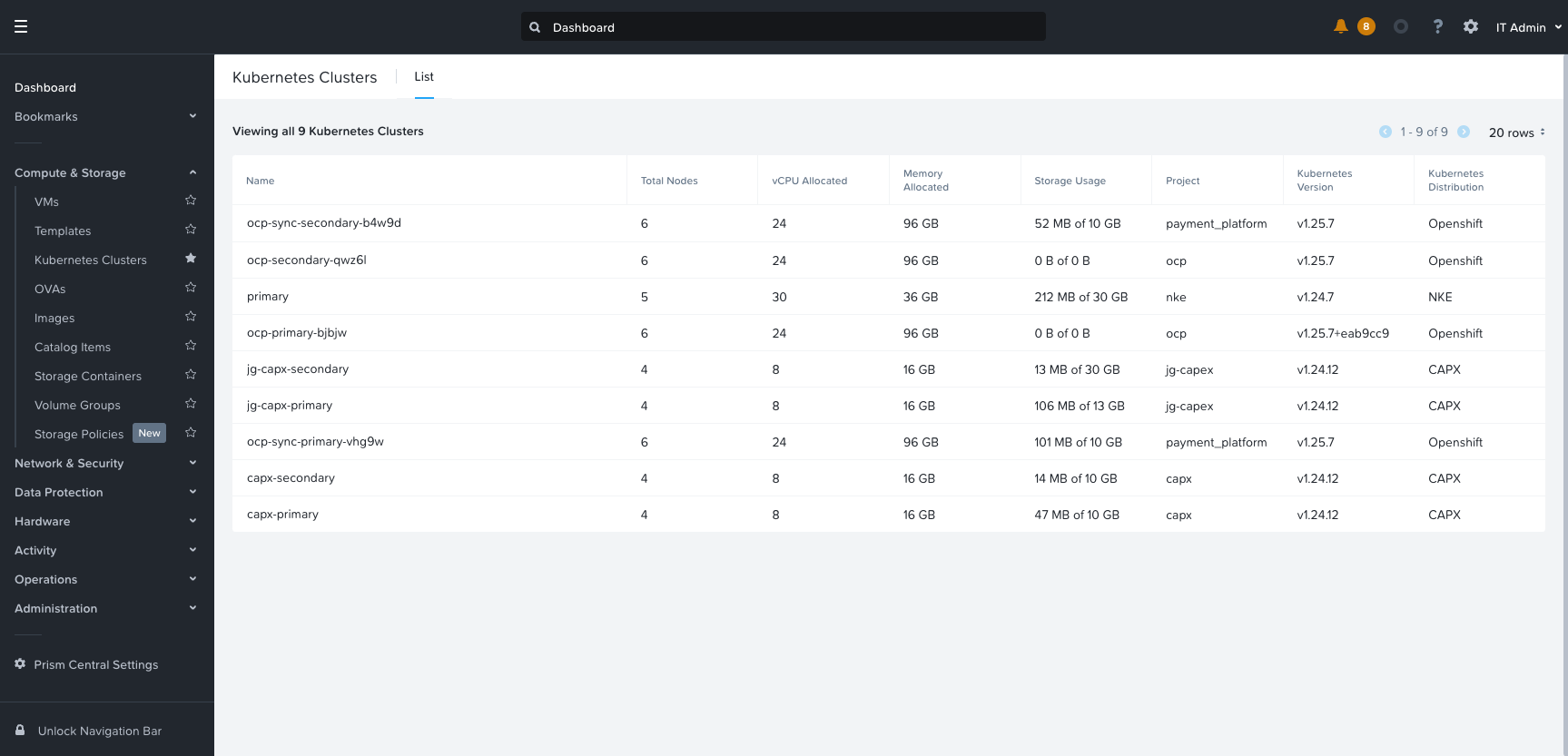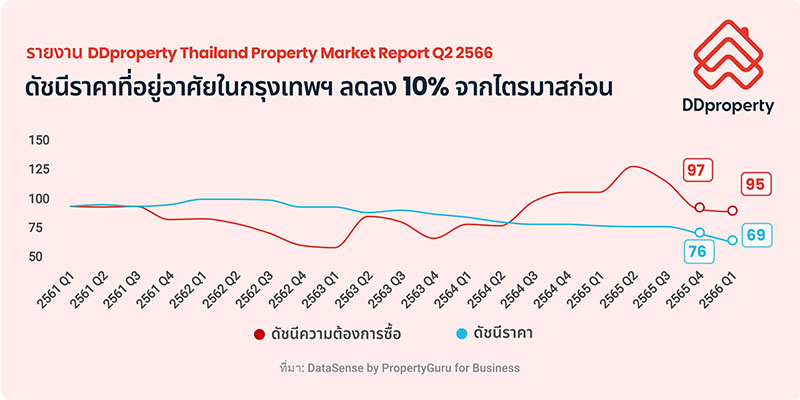อาลีบาบา คลาวด์ เปิดแผนงานเสริมแกร่งระบบนิเวศพันธมิตรทั่วโลก
เปิดตัวโครงการใหม่ด้าน ISV acceleration, การเสริมศักยภาพการฝึกอบรมพันธมิตร และรางวัลจูงใจด้านการขาย ณ งาน Alibaba Cloud Partner Summit 2023
อาลีบาบา คลาวด์ ธุรกิจด้านเทคโนโลยีดิจิทัล และหน่วยงานหลักด้านอินเทลลิเจนซ์ของอาลีบาบา กรุ๊ป พร้อมเดินหน้าเสริมศักยภาพให้กับพันธมิตรที่เกี่ยวข้อง ผ่านชุดโครงการใหม่ ๆ เช่น การเปิดตัว Independent Software Vendor (ISV) Acceleration Program ซึ่งเป็นโปรแกรมฝึกอบรมเพื่อเสริมศักยภาพให้กับพันธมิตร รวมถึงรางวัลจูงใจต่าง ๆ เพื่อเป็นการตอบแทนพันธมิตรที่มีผลงานเป็นเลิศ
Edward Cai, Chief Commercial Officer, Alibaba Cloud Intelligence กล่าว ณ งาน Partner Summit 2023 ของบริษัทฯ ว่า “เรามีพันธสัญญาที่จะเติบโตไปพร้อม ๆ กับพันธมิตรทั่วโลกของเรา และสนับสนุนพันธมิตรให้ขยายธุรกิจในเอเชียตะวันออกเฉียงใต้และที่อื่น ๆ อย่างแข็งขัน โครงการใหม่ ๆ ทั้งหมดที่ริเริ่มขึ้นมานี้ ตอกย้ำให้เห็นว่าเราให้ความสำคัญและให้คุณค่าแก่พันธมิตรของเรามากเพียงใด การทำงานร่วมกับความเชี่ยวชาญในอุตสาหกรรมของพันธมิตร บวกกับความสามารถทางเทคโนโลยีต่าง ๆ และข้อมูลเชิงลึกในตลาด ช่วยให้ลูกค้าของเราได้รับประโยชน์สูงสุด”
โครงการริเริ่มใหม่ ๆ เพื่อสนับสนุนการเติบโตของพันธมิตร
Alibaba Cloud’s ISV Acceleration Program เป็นโปรแกรมที่เปิดตัวมาเพื่อมอบรางวัลจูงใจทางการเงินแบบใหม่ ให้กับ ISV ทั่วโลก รวมถึงให้การสนับสนุนทางเทคโนโลยีที่แข็งแกร่งมากขึ้น เพื่อให้พันธมิตรสามารถขยายโอกาสทางธุรกิจในภูมิภาคเอเชียตะวันออกเฉียงใต้ได้มากขึ้น โดยบริษัทจะช่วยพันธมิตรด้าน ISV ในการปรับค่าธรรมเนียมการจดทะเบียนในมาร์เก็ตเพลสบนแพลตฟอร์มมาร์เก็ตเพลสของอาลีบาบา คลาวด์ ให้เหมาะสม และขยายการขายสินค้าผ่านทีมงานด้านการขายของอาลีบาบา คลาวด์ และเครือข่ายพันธมิตรด้านช่องทางการขายที่กว้างขวาง
อาลีบาบา คลาวด์ ยังให้คำมั่นว่าจะสนับสนุนด้านเทคนิคให้พันธมิตรด้าน ISV ทั่วโลกมากขึ้น เพื่อช่วยให้พันธมิตรสามารถสร้าง เผยแพร่ และใช้งานโซลูชันของตนบนคลาวด์แพลตฟอร์มของบริษัท นอกจากนี้ บริษัทจะลงทุนในการพัฒนาผลิตภัณฑ์/บริการเฉพาะทาง และโซลูชันต่าง ๆ ร่วมกับพาร์ทเนอร์ด้าน ISV เพื่อตอบโจทย์ความต้องการด้านดิจิทัลทรานส์ฟอร์เมชันให้กับลูกค้าทั่วเอเชียตะวันออกเฉียงใต้
พันธมิตรด้าน ISV ที่เข้าร่วม acceleration program แล้ว เพื่อให้ได้รับประโยชน์สูงสุดจากการเป็นพันธมิตรกับอาลีบาบา คลาวด์ ประกอบด้วย Neo4J (ผู้ให้บริการดาต้าเบสแบบกราฟ), 6Estates (แพลตฟอร์ม AI fintech), One2Cloud Pte Ltd (ผู้ให้บริการมัลติคลาวด์โซลูชัน และบล็อกเชน) และ SCash Global Pte Ltd (บริษัทด้านนวัตกรรมทางเทคโนโลยี SaaS)
ในงานนี้ บริษัทยังได้เปิดตัว Alibaba Cloud Partner Empowerment Portal ซึ่งเป็นพอร์ทัลใหม่เพื่อ เสริมศักยภาพการอบรมให้กับพาร์ทเนอร์ทั่วโลก พอร์ทัลนี้ให้การอบรมและให้การรับรองผลิตภัณฑ์และบริการต่าง ๆ มอบเนื้อหาด้านการศึกษาเกี่ยวกับการพัฒนาเทคโนโลยีเฉพาะต่าง ๆ รวมถึงแหล่งทรัพยากรและเครื่องมือเพื่อเพิ่มความสามารถของพันธมิตรในการให้บริการ พอร์ทัลนี้มีเป้าหมายส่งเสริมพันธมิตรทั่วโลก 500 ราย ประกอบด้วย พันธมิตรด้านช่องทางการขาย, Managed Service Partners (MSP) และ ISV ณ ปีการเงินปัจจุบัน โดยมีหัวข้ออบรมครอบคลุมเรื่องคลาวด์, AI, Web3 และอื่น ๆ อีกมาก
อาลีบาบา คลาวด์ ยังมอบประโยชน์ที่จับต้องได้ให้กับพันธมิตรที่อยู่นอกประเทศจีน ด้วยการประกาศชุดรางวัลจูงใจทางการเงินใหม่ รวมถึงส่วนลดและเงินคืนเพื่อเป็นรางวัลแก่ผู้ค้าปลีก (reseller) และผู้จัดจำหน่าย (distributor) รวมถึงโครงการการบุกตลาดร่วมกันบางรายการ ชุดรางวัลจูงใจนี้เป็นส่วนหนึ่งของการลงทุน 1 พันล้านเหรียญสหรัฐฯ ที่อาลีบาบา คลาวด์ ประกาศไปเมื่อปี 2565 เพื่อสนับสนุนนวัตกรรมทางเทคโนโลยีและการขยายตลาดของพันธมิตรทั่วโลก
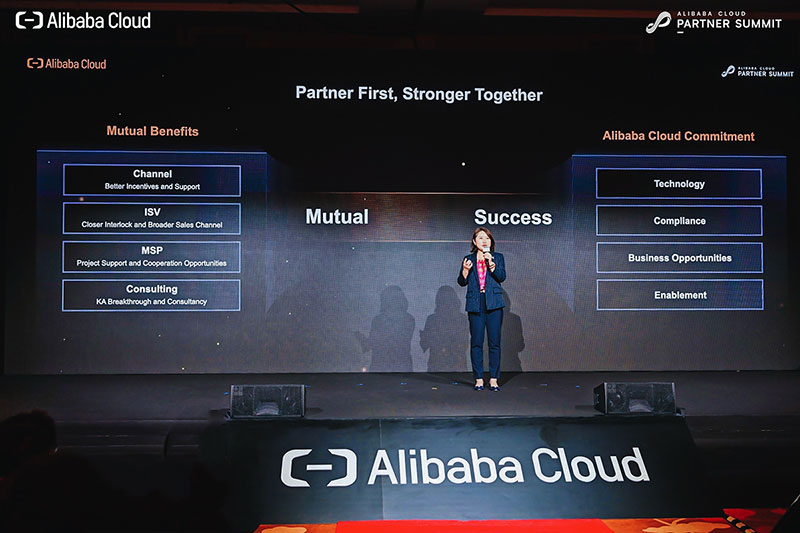
Selina Yuan, President of International Business, Alibaba Cloud Intelligence กล่าวว่า “โครงการที่ริเริ่มใหม่ ๆ ของเราแสดงให้เห็นความมุ่งมั่นในการช่วยพันธมิตรทั่วโลกของเราให้เติบโตอย่างงดงามและสร้างสรรค์สิ่งใหม่ ๆ บนอาลีบาบา คลาวด์ พันธมิตรมีบทบาทสำคัญในการขยายและส่งมอบบริการและข้อเสนอต่าง ๆ ของอาลีบาบา คลาวด์ สู่ลูกค้าทั่วโลกมากขึ้น ความร่วมมือกับพันธมิตรช่วยให้ลูกค้าของเราสามารถใช้เทคโนโลยี ผลิตภัณฑ์/บริการ และโซลูชันประสิทธิภาพระดับโลกเพื่อความสำเร็จทางธุรกิจมากขึ้น”
ความร่วมมือใหม่ ๆ ด้านความปลอดภัย, บล็อกเชน และการพัฒนาบุคคลากรที่มีความสามารถพิเศษ
อาลีบาบา คลาวด์ยังได้เปิดเผยความร่วมมืออย่างใกล้ชิดกับพันธมิตรในระบบนิเวศ โดยบริษัทได้ประกาศความร่วมมือครั้งใหม่กับ IBM เพื่อมอบโซลูชันด้านความปลอดภัยที่ดีที่สุดทางด้านนี้ให้กับธุรกิจทั่วเอเชียแปซิฟิก
โซลูชันด้านความปลอดภัยนี้เป็นการผสานรวมฟีเจอร์จากผลิตภัณฑ์ด้านความปลอดภัยของ IBM คือ QRadar SIEM และ QRadar SOAR รวมถึงความสามารถด้านความปลอดภัยที่หลากหลายของอาลีบาบา คลาวด์ เพื่อให้บริการด้านต่าง ๆ เช่น การรายงานแบบเรียลไทม์ และการมองเห็นความเป็นไปบนสภาพแวดล้อมคลาวด์จากจุดศูนย์กลาง เพื่อตรวจจับภัยคุกคาม เช่น แรนซัมแวร์ ภัยคุกคามจากวงใน และการโจมตีบนคลาวด์ โซลูชันที่ร่วมกันพัฒนามีเป้าหมายเพื่อลดความเสี่ยงด้านความปลอดภัยบนโลกไซเบอร์ ในขณะเดียวกันก็สร้างสภาพแวดล้อมคลาวด์ที่ปลอดภัย มอบความเสถียรให้กับลูกค้าที่อยู่ระหว่างเส้นทางการทรานส์ฟอร์มสู่ดิจิทัล
อีกหนึ่งความร่วมมือที่ได้ประกาศในงานนี้คือ ความร่วมมือกับ Avalanche ซึ่งเป็นแพลตฟอร์มบล็อกเชนชั้นนำ เพื่อมอบ launchpad สำหรับธุรกิจเพื่อการใช้ metaverses อย่างรวดเร็วบนพับลิค บล็อกเชนของ Avalanche โดยมี Cloudverse เป็นโซลูชันครบวงจรที่ช่วยให้ธุรกิจปรับแต่ง เริ่มต้น และดูแลสเปซ metaverse ของตนเองได้อย่างราบรื่น เป็นการสร้างมิติใหม่ในการมีส่วนร่วมกับลูกค้า
อาลีบาบา คลาวด์ ยังได้ประกาศความร่วมมือกับพันธมิตรด้านการฝึกอบรมเพื่อส่งเสริมการพัฒนาบุคคลที่มีความสามารถในเอเชียตะวันออกเฉียงใต้ โครงการ SEA Talent Empowerment Program มีเป้าหมายที่จะฝึกอบรมบุคคลทั่วไปที่มีความสามารถพิเศษในภูมิภาคนี้จำนวน 100,000 คนภายในปีงบประมาณปัจจุบัน และมุ่งหาพันธมิตรด้านการฝึกอบรมมาช่วยขับเคลื่อนการพัฒนาผู้มีความสามารถ สำหรับพันธมิตรการฝึกอบรมเบื้องต้น ได้แก่ Rahi Systems (ผู้ให้บริการและโซลูชันด้านไอที, Solutions for Asia (ผู้ให้บริการโซลูชันด้านความปลอดภัย), Lightning Cloud (แพลตฟอร์มโซลูชันปฏิบัติการบนมัลติคลาวด์) และ Edu360 Cloud (แพลตฟอร์มบริการออกใบรับรองดิจิทัล)
ในปีที่ผ่านมา บริษัทได้ยกย่องพันธมิตรมากมายจากความร่วมมือและนวัตกรรมที่เอื้อต่อความสำเร็จของลูกค้า โดยได้มอบรางวัล The Asia Partner of the Year ได้ให้การยกย่องพันธมิตรแปดราย ได้แก่ IBM, AI Rudder (สิงคโปร์), LGMS Berhad (มาเลเซีย), PT Sigma Cipta Caraka (อินโดนีเซีย) และ Digital One (ฮ่องกง)
ปัจจุบัน อาลีบาบา คลาวด์ ทำงานร่วมกับพันธมิตรประมาณ 12,000 รายทั่วโลก เช่น Salesforce, VMware, Fortinet, IBM และ Neo4j

